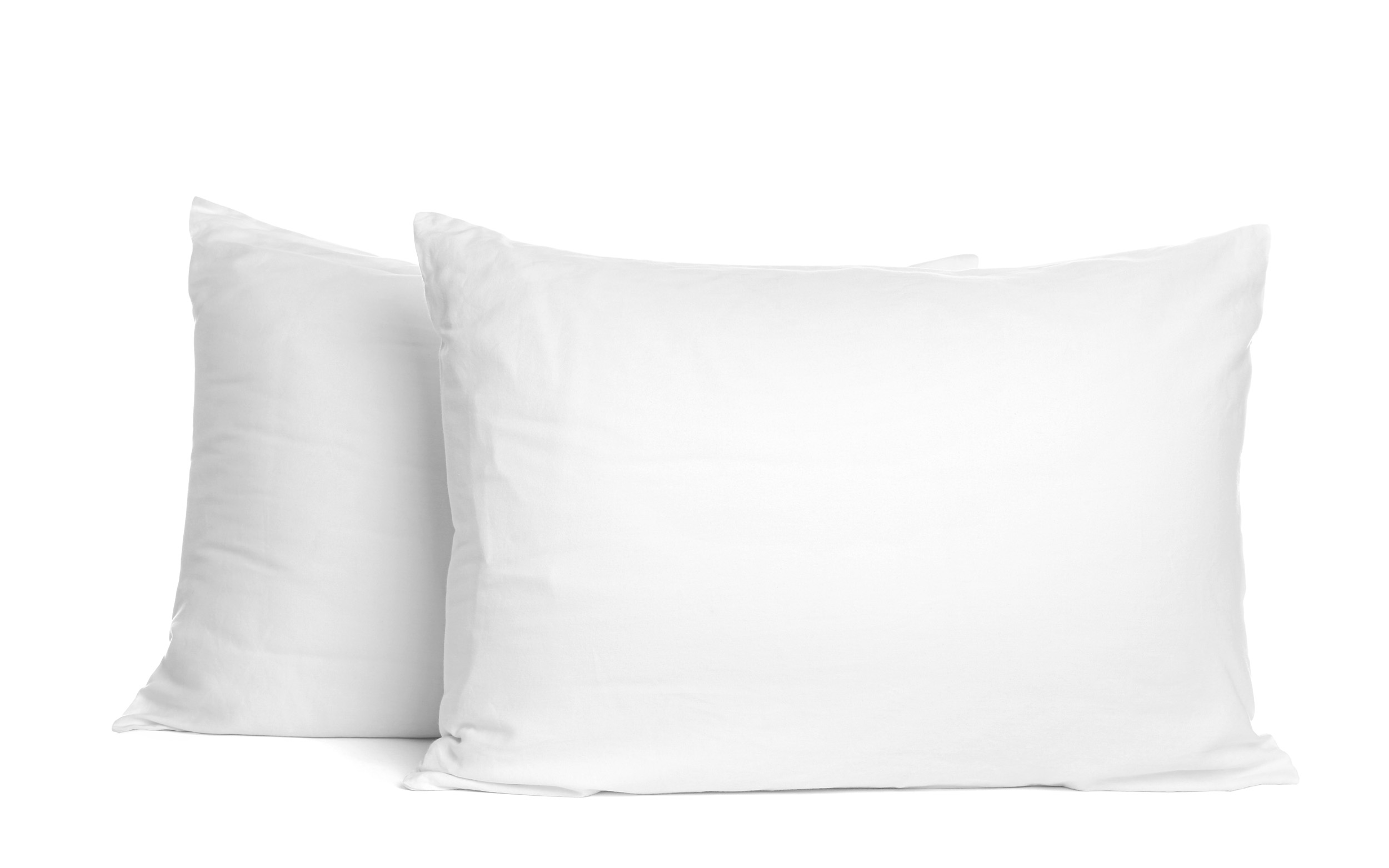There are many factors that affect the quality of the sleep you get each night. Most of us will immediately think about our mattress and whether or not it is appropriate for our needs, but what about your pillow? Choosing the wrong pillow can exacerbate headaches, neck and shoulder tension, arm and hand numbness, and create posture problems. Taking time to determine what the best pillow is for you based on your sleeping habits and personal needs will help ensure that you wake up refreshed and ready for your day.
- Think about your most preferred sleeping position.
Some people sleep primarily on their back, some sleep primarily on their side and some prefer to sleep on their stomach. Knowing which position you tend to sleep in is important for picking the correct pillow. As a chiropractor, I would strongly advise against sleeping on your stomach as it puts the neck and spine in an awful position. We all know how important keeping the spine neutral is when you’re lifting a heavy box, it is equally as important when resting. Sleeping in the right positions and with the correct pillow are essential to improving your health. The preferred two sleeping positions for the body is to sleep on your back with your legs straight or slightly bent or on your side with your legs in a lengthened position.
- Choose a style of pillow that fits your preferred sleeping position.

If you are a back sleeper, look for a medium thickness pillow. A pillow that is too thick will push your head too far forward creating bad posture with increased cervical flexion. Likewise, a pillow that is too thin or soft will cause your head to sink down into the mattress leaving the neck unsupported.
I would recommend that every back sleeper use a pillow which has a firm rounded area of support and a thin area for the head to be cradled in. This will produce a proper neck curve and help to bolster proper posture while the neck muscles get a much needed break when you’re sleeping.
 Side sleepers need a thicker, firmer pillow to help support the neck in the side lying position. You need enough pillow to fill the space between your shoulder and your ear keeping the cervical spine in line with the rest of the spine.
Side sleepers need a thicker, firmer pillow to help support the neck in the side lying position. You need enough pillow to fill the space between your shoulder and your ear keeping the cervical spine in line with the rest of the spine.
If you find that you are a back and side sleeper, look for a pillow that is of medium thickness and a bit softer so that it can be used comfortably in different positions. You might like the pillow that we use here in the office that is specifically designed for back, side, and back to side sleepers. This pillow contours to the neck when you are on your back and is able to support the head in a neutral posture when sleeping on your side.
- Consider the pillow filling.
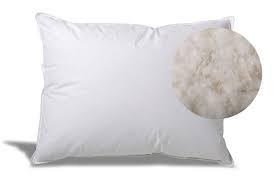
- Down or feather pillows are typically made from the inner plumage of geese or ducks. More firmness, or loft, suits side sleepers while less loft is better for back or stomach sleepers. They can last up to 10 years and are resilient and breathable because they are made of a natural material. Some people do complain that down or feather pillows exacerbate allergies or asthma, so you might wish to avoid them for this reason. Likewise, the filling of these pillows can shift so if you toss and turn frequently they may lose their support of the head and neck during the night.
- A wool or cotton pillow might be particularly suitable for you if you suffer from severe allergies, as these pillows are not susceptible to dust mites or mold. Be aware that these pillows tend to be quite firm, so back sleepers might wish to avoid them.
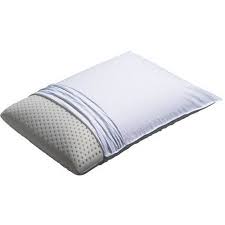
- Latex pillows are made from the sap of rubber trees, making it elastic and resilient. These pillows are good for allergy sufferers, as they are mold resistant. They tend to be cooler than memory foam and can form to fit your head and neck. Latex pillows come in all shapes and sizes. Consistencies vary as well, some use shredded material while others are made of solid cores. They do not offer as much ‘give’ as a memory foam pillow and can be quite heavy, and expensive. Also, their artificial feeling annoys some people. These pillows are made of polyurethane, which is then mixed with additional chemicals. Memory foam pillows come in all shapes and sizes including an S-shaped version. They provide good support, especially if you have neck, jaw, or shoulder problems. They are long lasting and are good at forming the contours of your head and neck. High density is best in order to avoid the material breaking down. Be aware that this material can make you hot, as it doesn’t “breathe.” If you tend to move around a lot, these pillows may be uncomfortable since they take a bit of time to mold into different shapes.
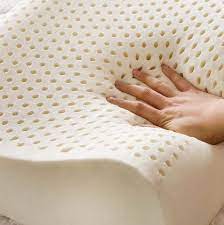
A new memory foam pillow may have an unpleasant odor which will go away after a short while. Some of the chemicals in the memory foam have been linked to throat irritation, headaches, feeling dizzy, forgetfulness, and thyroid dysfunction. Memory foam has been shown to have the chemicals formaldehyde, toluene, and benzene found within the foam. If this is a concern to you, stick with a more natural material.
Above all remember that your pillow should be working for you not against you. It should help you remain in a comfortable position all night long allowing for your neck and spinal muscles to relax and recharge. If your pillow is not suited for you or if it has been awhile since you replaced your pillow you might need to consider an upgrade. Sleep is essential to your health and a good pillow can be a major help in keeping you healthy each night.
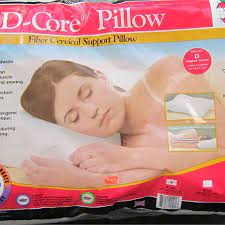 Don’t forget: stop in our Roanoke, Virginia chiropractic office to receive 10% off D-Core pillows now through October 7th!!
Don’t forget: stop in our Roanoke, Virginia chiropractic office to receive 10% off D-Core pillows now through October 7th!!

Daryl C. Rich, D.C., C.S.C.S., A.R.T.
[Core] Chiropractic and Wellness | Roanoke, VA
CoreRoanoke.com

